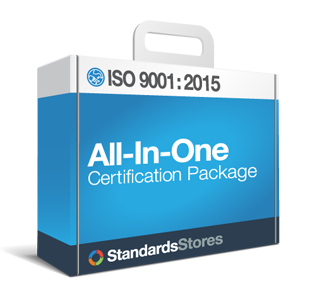What are Key Performance Indicators?
Key Performance Indicators (KPI) are tools used to determine if an organization is meeting the requirements of ISO 9001. KPI is a common term that you may hear when implementing ISO 9001, yet it is not addressed in the standard. As an organization, you may be wondering what KPI you should track and how often to track them.
Each organization should determine what KPI are appropriate for the nature of their industry sector and its objectives. For example, if you are a high volume production organization and on-time delivery is key to your success – measuring the time it takes to create a product to delivery may be a good KPI. In general, your KPI should be based upon the objectives of your QMS. As Management Reviews are a requirement, it is good to become familiar with how to conduct an effective management review and how KPIs can help.
Tips for KPI
There are several tips to help you measure KPI. First, you can use both qualitative and quantitative indicators. If you are interested in obtaining feedback from customers you can do so by feedback forms, workshops with customers, and audits. Another tip is to look at trends over time. Short-term data can be misleading and may not adequately represent your organizations QMS. You should consider how often you should check KPI based on the context of your organization and it’s QMS.
What are common KPI?
Cost
Cost KPI indicators allow you to evaluate the activities that utilize economic resources in different processes. This includes energy consumption, cost of raw materials, overhead costs, return on investments, and costs of correcting errors.
Time
Time KPI measure the time spent on an activity or a process. This can be the time from the beginning to the end of a process or a step of a process. Ways to measure time can be by the percentage of products or services delivered on time or the percentage of late deliveries.
Productivity
Productivity KPI allows your organization to measure the efficiency of the operation. This can include measuring the percentage of downtime your equipment or machine experience.
Quality
Quality KPI help calculates the effectiveness of your processes. These numbers may be based on the number of errors occurring and the number of perfect or flawless processes. Other ways to measure is the percentage of products that need corrective action and the number of satisfied customers.


